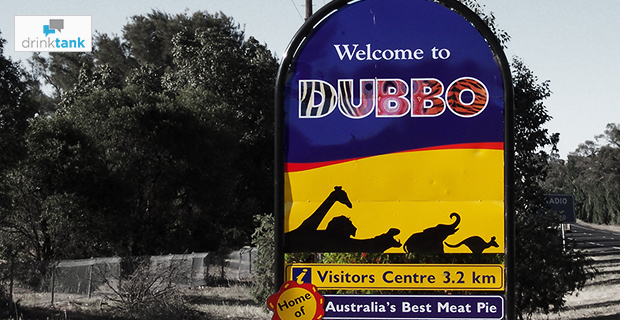At the moment the National Ice Taskforce is consulting around the country with Assistant Minister for Health Senator the Hon Fiona Nash MP in Dubbo this week.
We hear that the nation is in the grip of an ice epidemic. I have two thoughts on this.
Firstly, does the data support calling the ice problem an ‘epidemic’? What do the numbers say?
The data from the Australian Drug Foundation (ADF) says that 1.06 per cent of Australians over the age of 13 have used crystal methamphetamine, or ice, at least once in the last 12 months. That equates to 441 people in Dubbo – remembering that this is the number of people that have used it once or more.
I don’t know what level of usage is deemed to be ‘addicted’ to ice, but the data further shows that 0.16 per cent of the population uses ice weekly. Breaking that down to Dubbo, that equates to 67 people in Dubbo using ice at least weekly.
I am not sure what you would call a “large number of people in a given population” to satisfy the epidemic definition, but just over one per cent using ice at least once a year does not seem to me to be a “large number”. So my first thought is that we don’t actually have an ice epidemic.
My second thought is that we don’t have an ‘ice problem’ per se. With all the reports on ice splashed across newspapers and on TV it might seem like a strange thing to say, but I believe that focus is too narrow.
What we definitely have in our society is a drug problem. Ice is just the current drug of choice. It was only a short time ago that MDMA, or ecstasy, seemed like it was going to be the drug that destroyed society. And cannabis seemed to be the drug of choice before that. At the moment ice isn’t even the most popular drug – it is just the newest and most publicised.
When you look at the statistics from the ADF, drug?related ambulance attendances are dominated by alcohol; benzodiazepines; heroin; analgesics and then methamphetamines in that order.
It may not be very popular to say it, but alcohol is a much larger problem than we care to admit. For a nation that prides itself on its laid?back ocker attitude and having a few beers, it may be time that Australia addressed the harmful impacts of alcohol.
Alcohol causes more than twice as many deaths as the annual road toll. There are 37.3 per cent of Australians (over the age of 13) that drink alcohol at least weekly (compare that to the 0.16 per cent of people that use ice at least weekly). And 15.6 per cent of those over the age of 11 have consumed more than ten drinks on a single drinking occasion in the last 12 months.
None of this is helped by famous people on television asking members of the Australian World Cup winning team if they are going to drink to excess to celebrate their victory, as we saw just two months ago. In front of millions, Shane Warne, the greatest leg?spinner of all time, kept asking questions such as, “Are you going to have a bit of a drink tonight too Smitty? Are you going to get thirsty as well?” and “So what’s the plan – besides lots of drink and that? How long is that going to last? Just one night, two nights?” It seems somewhat ironic that we expect incredibly fit and talented athletes to celebrate winning the ultimate prize in one day international cricket by destroying their mind and body with excessive alcoholic intake.
Smoking is another one that we begrudgingly accept. Yet 12. 8 per cent of Australians over the age of 13 are daily smokers. Alcohol and tobacco are legal, of course, which means that for some reason we tend to ignore their harmful effects but a National Health Taskforce could certainly improve the health of the nation – and reduce the nation’s health bill – if it just focused on these two areas.
In illegal drugs cannabis, or marijuana, tops the list with 10.2 per cent of Australians having sampled it in the last 12 months, followed by analgesics at 3.3 per cent, then ecstasy with 2.5 per cent, and cocaine at 2.1 per cent.
If we focus on cigarette usage for a moment, governments have been very successful in reducing the number of smokers in society. In 1980, 34 per cent of all adults smoked. I believe that has decreased down to its current figure through a targeted education program over many years that has been very successful.
The solution to the current ice problem – and the wider drug problem – is a two?fold attack.
Firstly we need education programs sustained over many years in the same way which we have seen work for cigarette reduction. There is no reason that this approach shouldn’t be applied to other harmful substances.
Secondly, with illicit drugs, the sentencing regime needs to be made much harsher. Currently, dealers in drugs are making these business decisions as the penalties are not enough of a deterrent to market entry. If the sentencing was of a stronger nature, it would deter some of the dealers in death and misery.
But if ever the word ‘epidemic’ is going to be thrown out there in relation to drugs, we should look no further than alcohol.
Australia has a drug problem and, more specifically, an alcohol epidemic.








1 comment